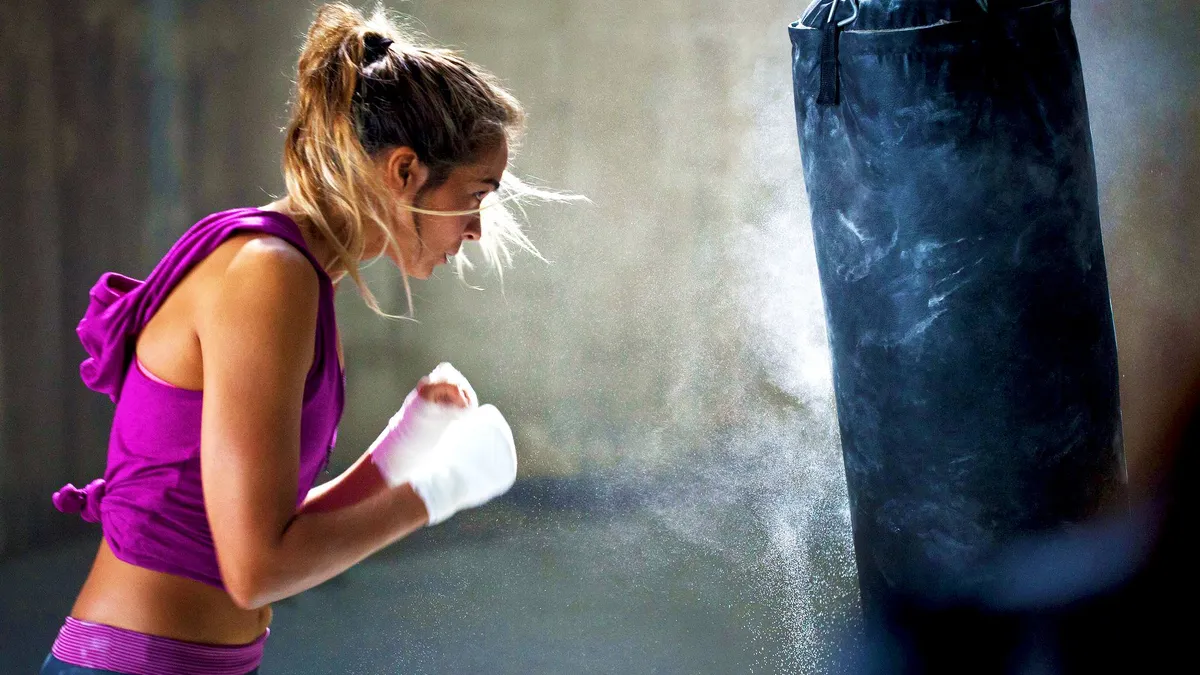Dive Brief:
-
Golf star Jordan Spieth shocked onlookers with his loss Sunday afternoon at the Masters tournament at Augusta National, and his meltdown took sponsor Under Armour with him.
-
Shares of the sportswear retailer fell 5.2% Monday after 22-year-old phenom Spieth, wearing UA apparel, suffered a quadruple bogey at the 12th hole—what ESPN called the most shocking fall in golf history—and after Morgan Stanley sent out a note forecasting a Q1 earnings miss.
- Morgan Stanley apparel and footwear analyst Jay Sole called Under Armour's huge North America sales growth in footwear “unsustainable,” saying its growth would instead merely be “solid,” and added that its fiscal 2015 triple-digit running footwear growth was largely due to price cuts that outpaced its rivals.
Dive Insight:
Under Armour has had a few rough weeks of late. Last month sportswear rival Nike hired away Dave Dombrow, Under Armour's senior vice president of design, who most notably helped develop UA’s breakout Stephen Curry shoe line, named for the Golden State Warriors' star point guard, as well as a series of successful UA running shoes.
Under Armour has reported high inventory levels, too, and the competition in sportswear is stiff—like the competition at the Masters this past weekend.
“Under Armour has always competed on brand image and innovation, rarely on price,” the note from Morgan Stanley's Sole said. “Footwear sales are growing strongly, but average selling prices are falling. This change in trend is a concern because it suggests a fundamental shift in the Under Armour story. Now Under Armour is lapping some of those big gains and sales growth is decelerating.”
The average selling price for Under Armour running footwear has declined 23% since 2013, but just about 4% for the overall industry, Sole added.
Morgan Stanley nevertheless expressed confidence in Under Armour's fall women’s apparel lines and said it expects a more fashion-forward collection that will benefit from a “major celebrity collaborator.”
That could help. The Wall Street Journal earlier this month noted that many retailers and gyms are stocking more stylish, less performance-oriented athletic apparel, which could explain the higher inventories at the likes of Under Armour, Nike and Adidas.
Wall Street analysts expect Under Armour to post first quarter revenue gains of 29%, Reuters reports. The company is due to announce its Q1 results on April 21.













